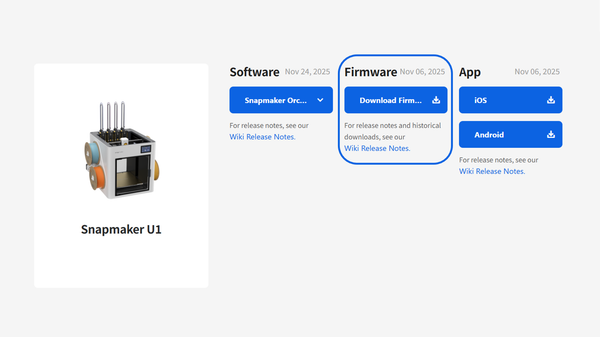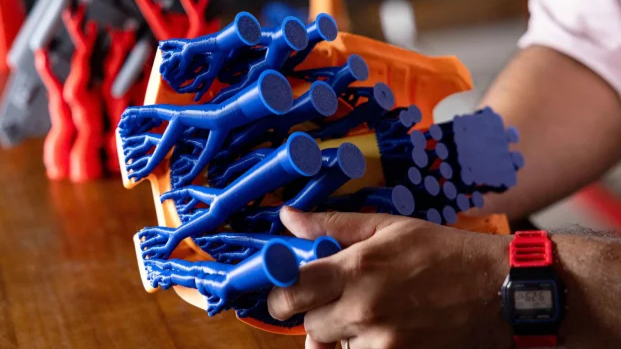Where to Sell 3D Printed Items: Etsy, Amazon, eBay & Beyond

3D-printed items are currently the most in-demand and lucrative business opportunity for creators. The market for customized and unique goods has increased exponentially in the last few years. Various platforms nowadays allow creators to sell their 3D-printed items at good rates.
This blog covers all you need to know about where to sell 3d printed items effectively and how you can succeed there considerably. While some resources cover item ideas, this guide focuses on the strategic choice of sales channels to avoid oversaturation and maximize visibility.
Why Choosing the Right Platform Matters
Choosing the ideal platform is crucial, as each caters to different audiences and follows a specific set of rules and unique policies. In light of this, many creators question whether selling 3D-printed items is profitable. Well, the answer depends on choosing the right platform that aligns with your product type and your financial objectives. For instance, Etsy is ideal for personalized or artistic items, whereas Amazon is the best for utility-focused products.
If you are looking for 3D printing business ideas, check out our blog here.
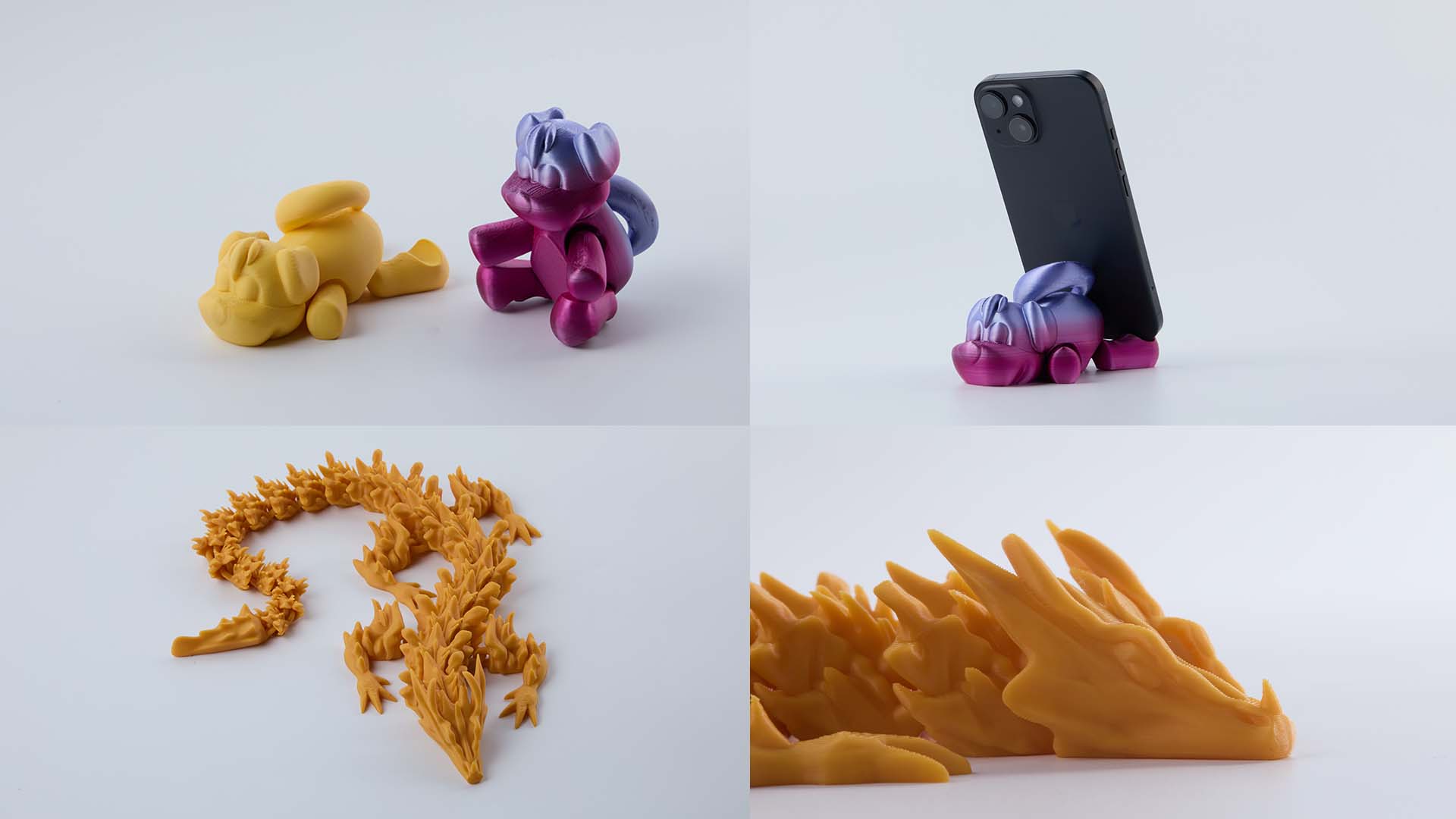
Selling on Etsy: The Handcrafted Marketplace
What Sells Best on Etsy?
Etsy is renowned for customized, artistic, and unique items. The most trending categories and top-selling 3d printed items on Etsy include personalized gifts (name signs, custom maps), jewelry and accessories, home decor (unique planters, custom lighting), pet products, gaming accessories (dice towers, miniature organizers), and popular action figures. The best selling 3D printed item probably is the articulated crystal dragon.

Fees, Tools & Audience
- Etsy charges a 6.5% transaction fee and a $0.20 listing fee.
- Print-on-demand tools like Printify can integrate with your Etsy store.
- Etsy Ads and analytics tools are available for optimization.
- Etsy's audience seeks unique, handcrafted, or customizable items.
Please be sure to check with the official website for the latest policies.
Tips for 3D Print Sellers
- High-quality photos and optimized product descriptions are essential.
- Use long-tail keywords relevant to gift-giving, design, and personalization.
- Understand Etsy's guidelines regarding intellectual property. Check licenses for any base models, e.g., Creative Commons types, if they download anything to remix.
Selling on Amazon: Scalability & Competition
Is Amazon Right for You?
Selling 3d printed items on Amazon is ideal for practical products that serve daily needs, have a broad appeal, and have a high search volume. Such products can be easily mass-produced and shipped. For example, phone holders, tool organizers, and kitchen gadgets.
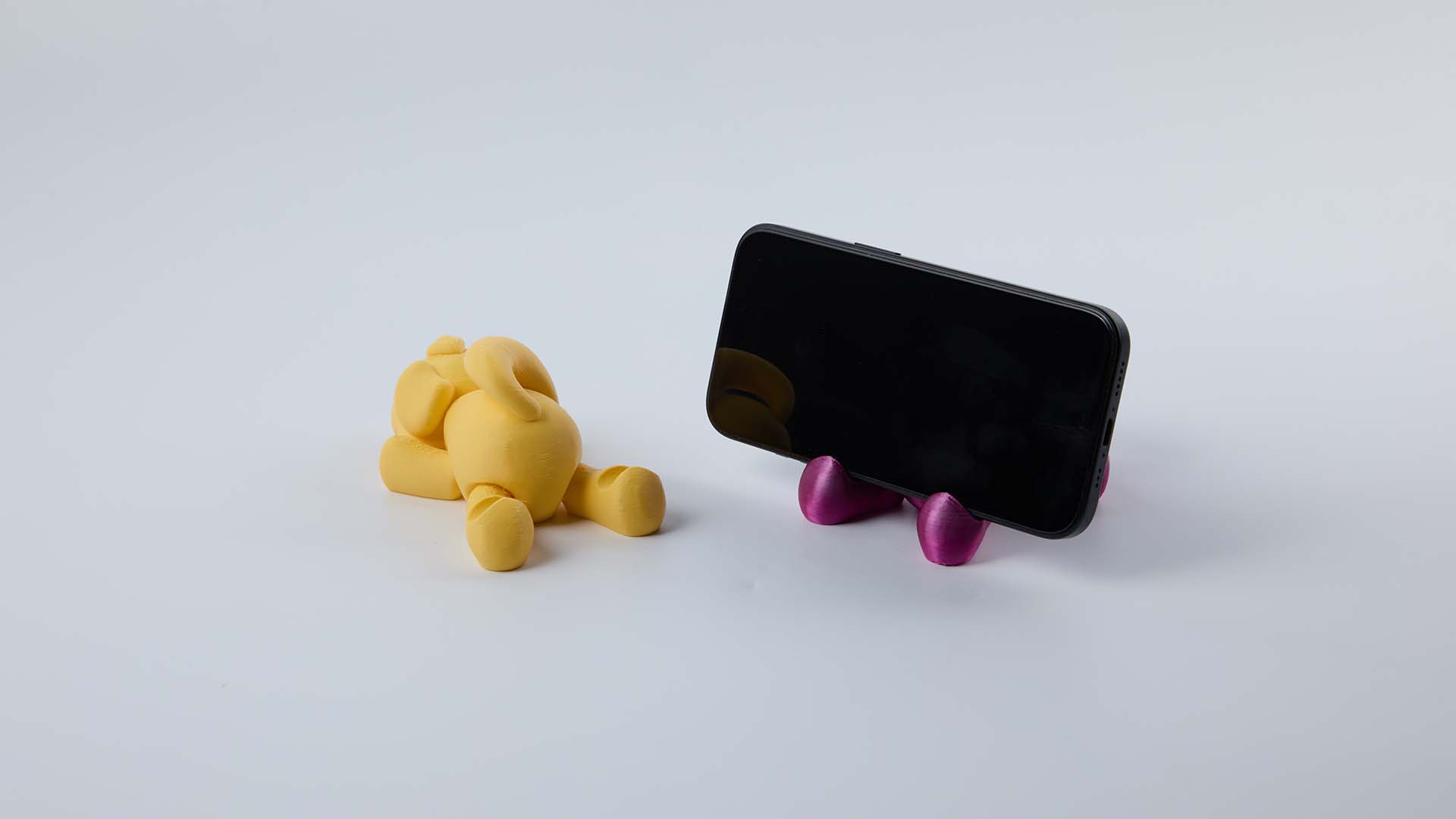
3D Print Restrictions to Know
- Avoid unlicensed IP-related items (e.g., fan-made Star Wars items)
- Products must meet specific safety and material standards
Fulfillment Options (FBM vs. FBA)
- FBM: You ship the orders yourself (low cost, slower scale)
- FBA: Amazon handles fulfillment (higher cost, faster growth)
Selling on eBay: Low Barrier, High Flexibility
What Works Well on eBay?
eBay offers a flexible, low-cost entry point. The best selling 3d printed items on eBay are niche gadgets, experimental designs, prototype products, or one-of-a-kind artistic pieces.
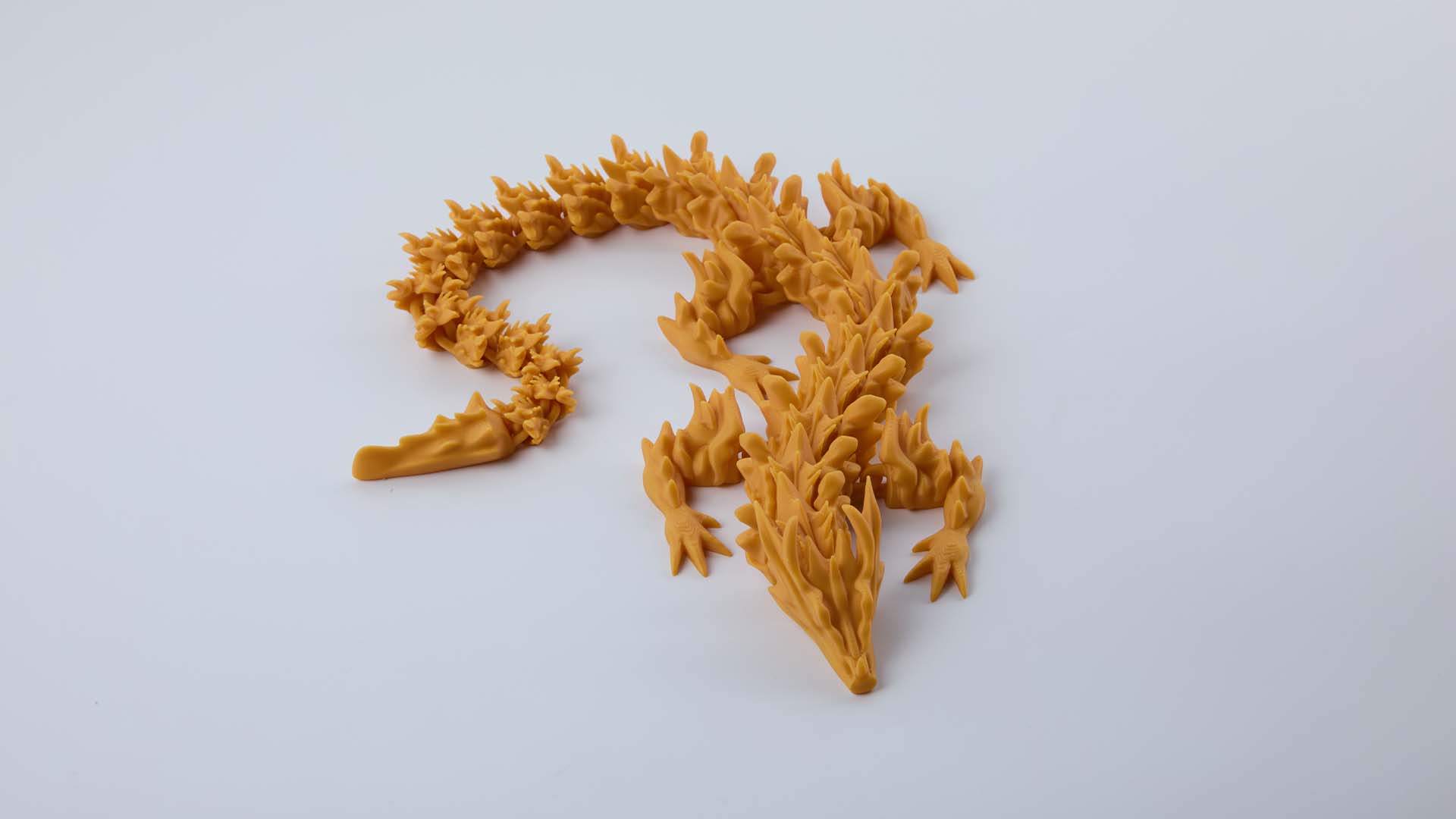
Tips for Standing Out
- Use Terapeak (eBay’s keyword tool) for search trends
- Write detailed, benefit-focused titles
- Offer “Buy It Now” options with clear shipping policies
Alternative Platforms You Shouldn't Ignore
Shopify + Print-on-Demand Integration
Besides eBay, Amazon, and Etsy, Shopify is also a highly in-demand platform for selling 3D-printed goods. You can run your own branded store, giving you full control over layout, pricing, and user experience. It also integrates with plugins like Printful or Printify for automation.
Niche Marketplaces
Niche marketplaces like Cults3D or MyMiniFactory are ideal for designers and modelers. These are less saturated and feature high-intent audiences. You can sell STL files instead of printed items.
Local & Offline Sales
If you have bulky items with local appeal, you can consider offline sources like craft fairs or maker expos. You may also utilize Facebook Marketplace to sell your items.
If you want to make money with a 3D printer, give our blog, How to Make Money with a 3D Printer, a read.
Legal & Copyright Considerations
You may wonder if you can legally sell 3D-printed items, especially replicas of popular characters or logos. In some cases, no, as IP infringement is a serious issue with potential takedowns and legal consequences. So, is it illegal to 3D print copyrighted material for sale? Yes, if you don't hold the rights or a commercial license.
Best Practice:
- Prioritize Original Designs: Creating your own unique models is the clearest path to avoiding IP issues.
- Seek Commercial Licenses: If you use or remix others' designs, ensure you have a commercial license. These can sometimes be found via designer Patreons, specific model marketplaces, or direct agreement. Standard licenses on free model sites are often for personal, non-commercial use only.
- Avoid Trademarked Material: Do not use brand logos, protected characters, or trademarked names in your products or listings without authorization.
- Check Platform Rules: Each sales platform has its IP policy.
- Consult a Professional: For business-scale operations or complex situations, consulting a legal advisor specializing in IP is wise.
Final Thoughts: Choosing Based on Your Strategy
No platform is the best for everyone. Each platform varies depending on your product type, budget, and future objectives. If you choose a particular platform, it should align with your branding goals and business capacity. Ideally, you should start with Etsy or eBay for low-risk testing. Scale with Amazon for high-demand things to 3d print and sell, and grow a brand with Shopify when ready.

